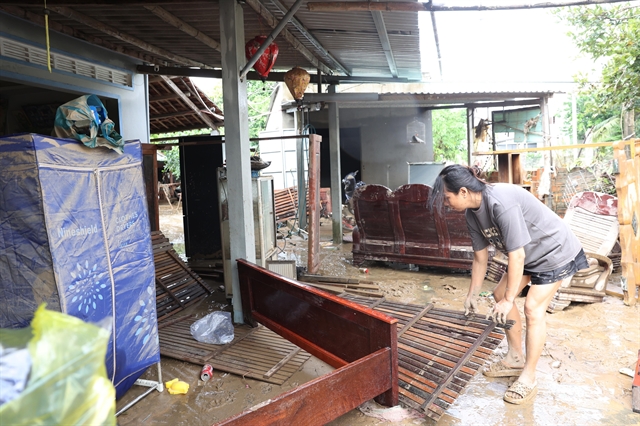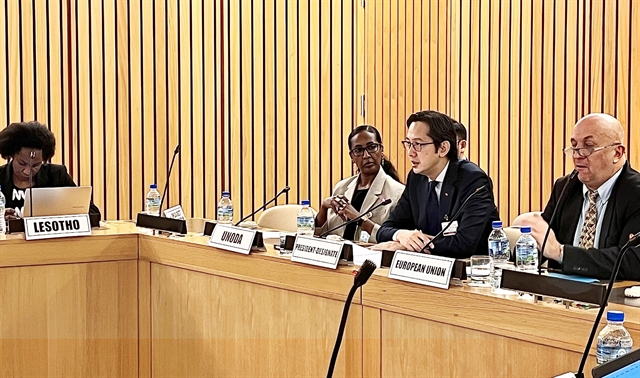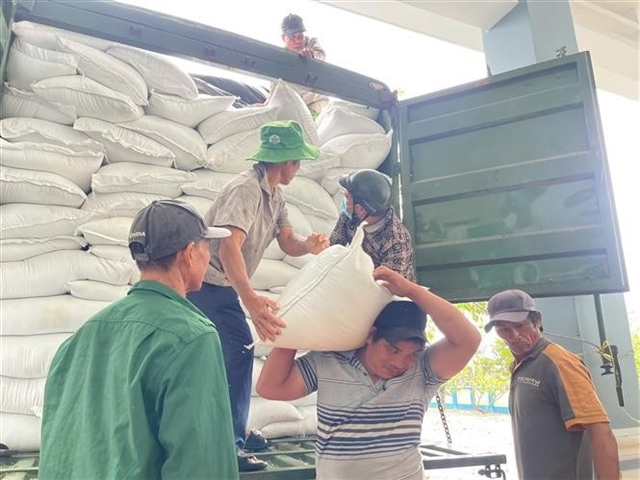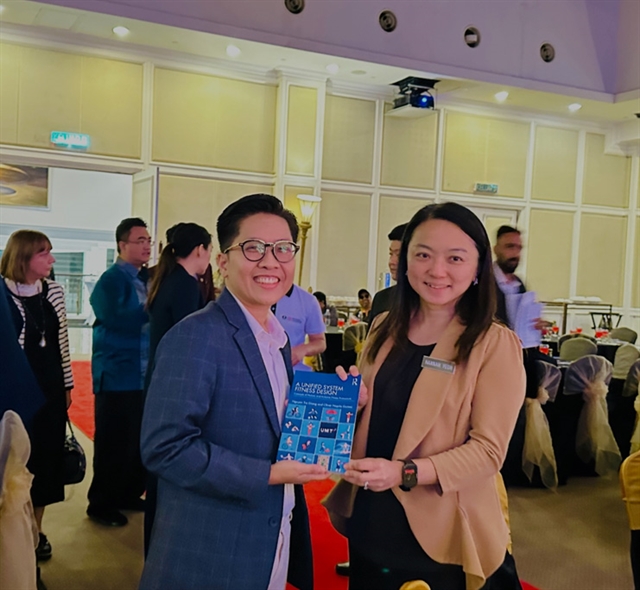 Inner Sanctum
Inner Sanctum
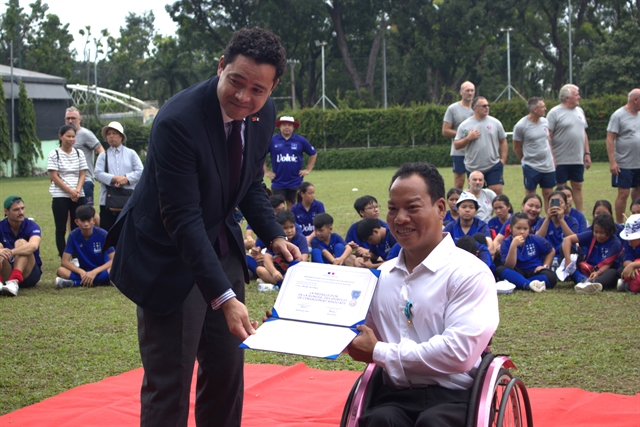
Associate Professor, Dr Hoàng Mạnh An, director at the Military Hospital 103, has successfully transplanted a patient’s pancreas and kidney simultaneously, making it the first such case in Việt Nam. Ninh Hội talks with him about the case and viscera transplant development in the country.
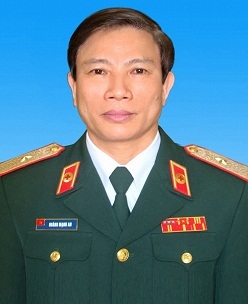 |
Associate Professor, Dr Hoàng Mạnh An, director at the Military Hospital 103, has successfully transplanted a patient’s pancreas and kidney simultaneously, making it the first such case in Việt Nam. Ninh Hội talks with him about the case and viscera transplant development in the country.
Inner Sanctum: Could you tell us about the case?
Diabetes patients have been increasing in Việt Nam. Many of them face both pancreas and kidney failure. Medicine only helps them to maintain their health for a certain time. I had always wondered how to help them. We researched on how to conduct a multi-viscera transplant on a patient, and my efforts paid off. Our scientific programme was approved as key technology of State level known as KC.10.
In March 2014, we applied the technology for the first time on patient Senior Lieutenant Nguyễn Thái Huyên who was faced with pancreas and kidney failure. The transplant was so successful that Huyên’s health is much improved as compared with his condition earlier, when he often lost consciousness. The Made-in-Việt Nam technology of multi-viscera transplant has come into existence since then.
The technology in fact had been applied in many developed countries such as the United States and the United Kingdom, but Việt Nam had successfully transplanted kidney, heart and liver respectively.
Inner Sanctum: What is the most difficult thing during the process of transplant of such viscera?
One of most important things is how to find a viscera source because very few relatives of patients who are brain-dead, agree to offer a kidney or a liver to a needy patient.
To receive a kidney, we have to patiently talk with each relative of the brain-dead patient. We face failure if even one of them disagrees. To date successful mobilisation for a viscera in all Việt Nam hospitals is only 30 cases since 1992.
Although Việt Nam has a law on viscera and tissue donation, the under-law regulation is still not clear. Many countries have a centre to regulate viscera donation. It is not the task of medical workers likes us but social workers, who are in charge of this issue.
The medical worker’s task is listing needy patients and they do a test for them and then send it to the centre.
Inner Sanctum: When did Việt Nam start operating a viscera transplant?
The country began transplanting viscera since 1992 from a rare case. A female patient was diagnosed with a tumour in her belly. However, while operating, doctors discovered that the patient had only one kidney and it was stressed. Doctors decided that she had to run a hemo-dialysis.
In the meantime, the Ministry of Health assigned the Military Institute (now the Military Hospital 103) to take the patients to Cuba to do a kidney transplant and also send a group of medical workers to the country to learn the technique.
Inner Sanctum: What was the result?
The transplant failed because the patient died. However, the group of medical workers learnt a lot.
After one year, they came back to Việt Nam to begin a kidney transplant. The Military Hospital 103 is the first hospital carrying out this task.
The first 10 years were very hard and difficult for medical workers because Việt Nam was very poor and did not have sufficient infrastructure to carry out the task in addition to a very rare kidney source.
Despite everything, to date, the country has conducted transplants on nearly 1,000 kidney patients, and some 100 liver and heart cases.
The cause for such transplants achieved more success when doctors successfully transplanted a liver in 2004 and heart in 2010 and multi-viscera in 2014. I myself joined this case.
Inner Sanctum: What is your wish and plan?
I wish Việt Nam has centres such as those in developed countries to save patients. I also wanted our technology of transplanting of multi viscera to be soon transferred to other hospitals so that patients with viscera failure can be rescued.
Qualified medical workers should come to provincial hospitals to transfer technology for them. However, it needs long-term investment and close co-operation between central hospitals and local hospitals.
I am very sad when I see patients rushing to central hospitals for treatment every day. It causes a lot of trouble, and costs a lot of money to not only patients but also to the authorities, while dealing with such poor patients.
I, myself, always place importance on training of young medical workers because they will be my successors and save patients. VNS

